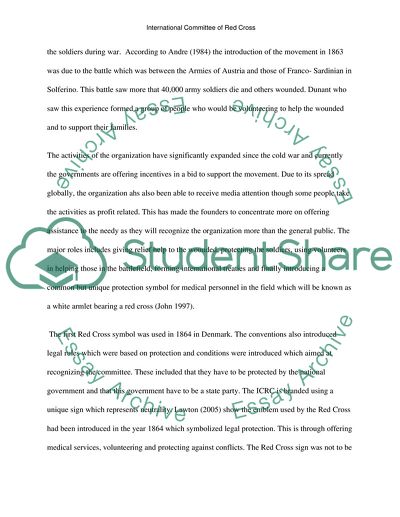Cite this document
(International Committee of Red Cross Case Study, n.d.)
International Committee of Red Cross Case Study. Retrieved from https://studentshare.org/sociology/1740280-international-commtti-of-red-cross
International Committee of Red Cross Case Study. Retrieved from https://studentshare.org/sociology/1740280-international-commtti-of-red-cross
(International Committee of Red Cross Case Study)
International Committee of Red Cross Case Study. https://studentshare.org/sociology/1740280-international-commtti-of-red-cross.
International Committee of Red Cross Case Study. https://studentshare.org/sociology/1740280-international-commtti-of-red-cross.
“International Committee of Red Cross Case Study”, n.d. https://studentshare.org/sociology/1740280-international-commtti-of-red-cross.


